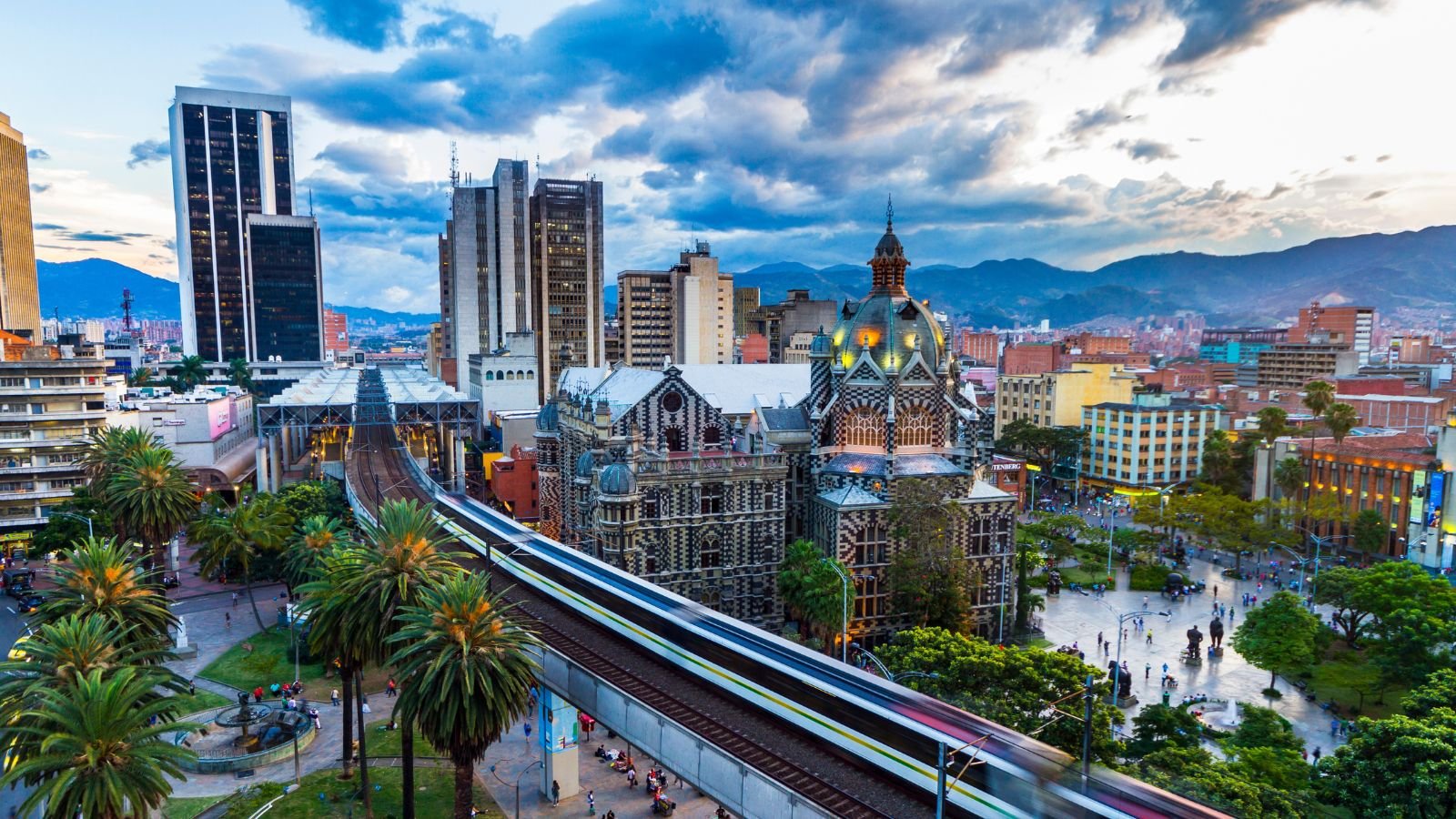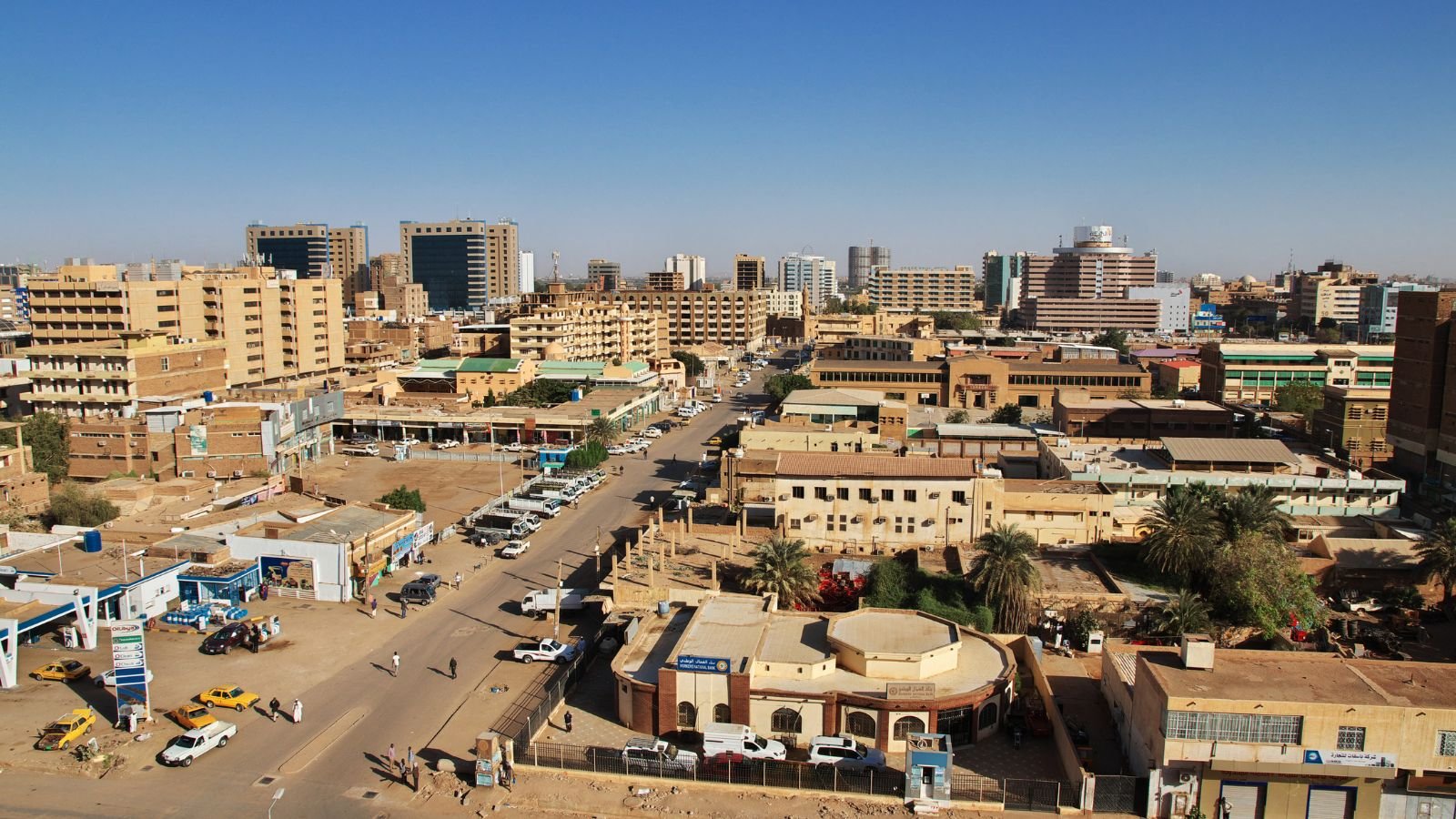There are 195 countries worldwide, including two non-observer member states, Vatican City and the State of Palestine. However, not all countries and their fellow citizens enjoy global peace and security. Every year, a new country is added to the list of countries with political instability. Interestingly, developing countries are facing the most political instability. Factors such as poor governance, poverty, corruption, civil wars, and external interventions contribute to this instability, leading to violence, deaths, migration, asylum seekers, and economic hardships.
Read on to learn about 12 countries with political instability today.
Bangladesh

The escalating political tensions in Bangladesh in recent years, primarily due to conflicts between the ruling Awami League and the opposition Bangladesh Nationalist Party (BNP), recently snowballed into the deposition of Prime Minister Sheikh Hasina. Sheikh Hasina, criticized for voter suppression, electoral fraud, and stifling dissent, was forced to flee the country when nationwide protests led by students resulted in violent clashes, rioting, and death of people from minority religions. Though Dr. Muhammad Yunus is currently heading the Interim Government in the country, the political climate is still tense.
Pakistan

Fuelled by its history marked by military coups, weak governments, terrorism, economic mismanagement, and the assassination of political leaders, Pakistan has been facing political instability for decades. Since Pakistan gained independence in 1947 from British rule, no Prime Minister has served a full five-year term. Pakistan is in a vicious loop of political instability, economic volatility, separatist and extremist movements, and resurging terrorism.
Colombia

Colombia continues to face severe political instability despite a peace deal signed with the Revolutionary Armed Forces of Colombia (FARC) in 2016. Hundreds of former FARC fighters have been murdered since they laid down their guns in 2016 as Colombians find it difficult to forgive the rebels for their crimes. Extensive violence persists in rural parts due to clashes between guerrilla groups, paramilitaries, and drug cartels. As per Statista, the country’s woes are exacerbated by growing corruption that stands at 50%, crime and drug trafficking, a high unemployment rate, political instability, and poverty.
South Sudan

The world’s youngest country has suffered political instability since its independence in 2011. More than a decade of civil war, increased political violence, intercommunal tensions, and power struggles have left the country politically and economically fragile and unstable. There are rampant killings, conflict-related sexual violence, and abductions by organized armed groups. South Sudan is grappling with Africa’s largest refugee crisis, with over 2.2 million South Sudanese refugees being hosted in neighboring countries.
Syria

Syria is ranked as the politically least stable country, preceding Afghanistan and Somalia. Ridden by civil war since 2012, Syria is facing a multi-level crisis of life-saving essentials like food, water, and healthcare. The insurgency has led to 6.5 million people fleeing the country and finding refuge in neighboring countries, including Jordan, Turkey, and Lebanon.
Myanmar

Since the military coup in February 2021, where the Myanmar military junta overthrew the democratic government of Aung San Suu Kyi, Myanmar has been facing severe political instability. The coup was followed by a brutal nationwide crackdown by security forces on people opposed to its rule, escalating into a civil war. The military junta struggles to control the growing resistance. Over 2.8 million people have been internally displaced since the military takeover, while over 1 million Rohingyas, a Muslim minority, have fled the country and sought refuge in neighboring countries.
West Bank And Gaza

The decades-old Israeli-Palestinian conflict continues to fuel political instability in the West Bank and Gaza. Since October 2023, the tensions between Israel and Hamas, the ruling entity in Gaza, have escalated to unprecedented levels after Hamas launched attacks on Israel, killing and abducting many Israeli civilians. Through retaliation attacks by the Israeli armed forces against Hamas in Gaza, almost 40,000 Palestinians have been killed, and more than a million people have been forced to stay in less-than-human conditions.
Iran

Driven by widespread protests against economic hardship, corruption, fundamentalist rules, and repression, Iran has experienced a rise in political instability in recent years. The government’s brutal response to dissidents since the uprising in 2022 following the death of Mahsa Amini has led to a growing environment of fear and dissatisfaction, and international condemnation.
Ukraine

The ongoing war in Ukraine, following Russia’s invasion in February 2022, has plunged the country into severe political instability. According to the UNHCR, over 6.5 million Ukrainians have fled the country, while 3.7 million people are internally displaced. The war continues to disrupt the country’s agrifood sector, leading to food shortages and further complicating efforts to stabilize the region.
Democratic Republic Of The Congo

The Democratic Republic of the Congo (DRC) has seen several military coups since 1960. Despite vast natural resources, the nation is struggling with armed groups, corruption, and poor governance, leading to frequent violence and human rights abuses. In March 2024, the UN reported that DRC has 7.2 million internally displaced people, one of the largest in the world. The fragile relations with Rwanda, Burundi, and Uganda add to the nation’s political instability.
Yemen

Yemen’s political instability has escalated into one of the world’s worst humanitarian crises. The civil war, which began in 2015, pits the Houthi rebels supported by Iran against the Saudi-backed government. The United Nations reports that over 24 million Yemenis (80% of the population) require humanitarian assistance and protection from widespread hunger, disease, and local conflicts.
Venezuela

Venezuela’s political instability, which began during the presidency of Hugo Chávez, has worsened under the leadership of Nicolás Maduro, who has clung to power despite widespread opposition and accusations of election fraud. According to the IMF, the country experienced one of the worst economic crises, with inflation reaching over 19.91 thousand in 2019. The inflation rate has decreased since then but is still above 100%. The inhabitants are facing severe food and medicine shortages. Due to the government’s authoritarian control, human rights violations, international sanctions, and abject poverty, thousands have fled the country.
